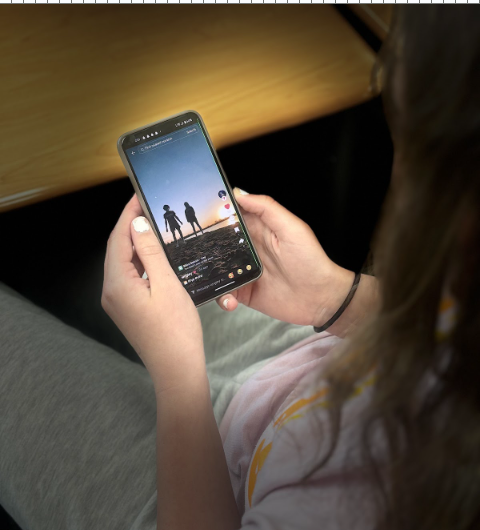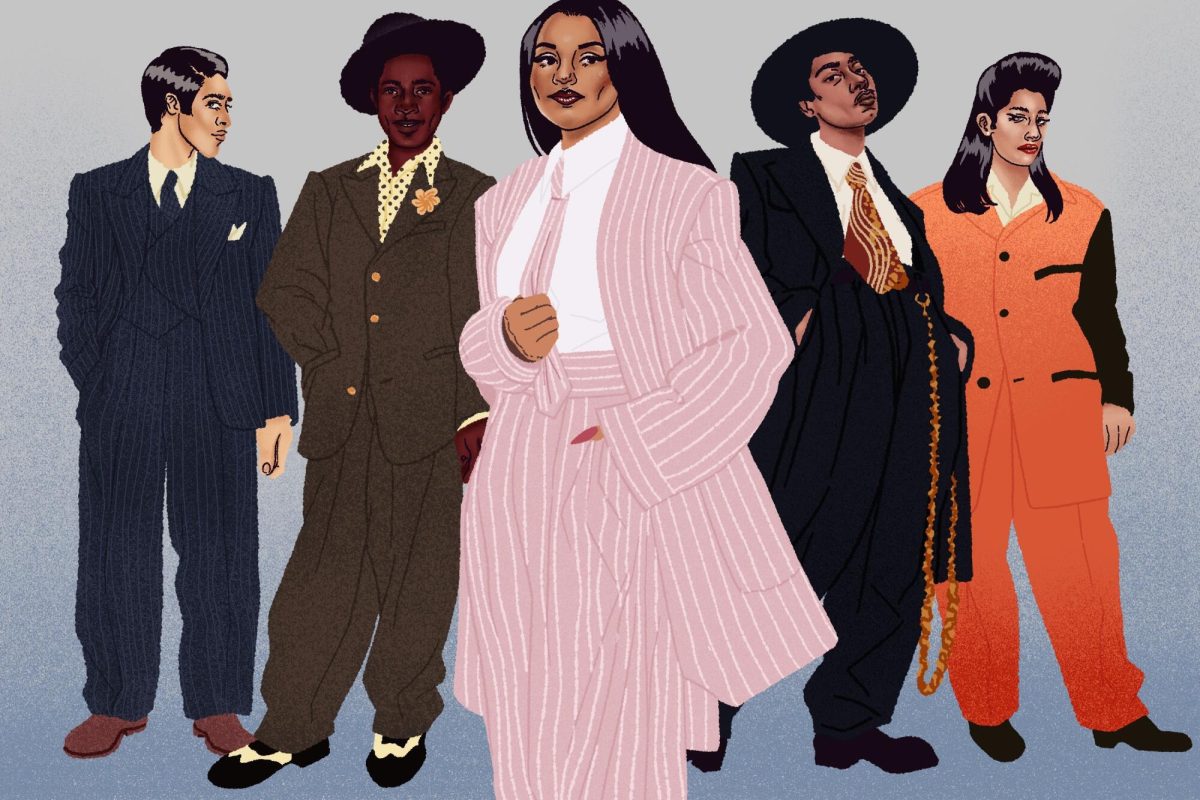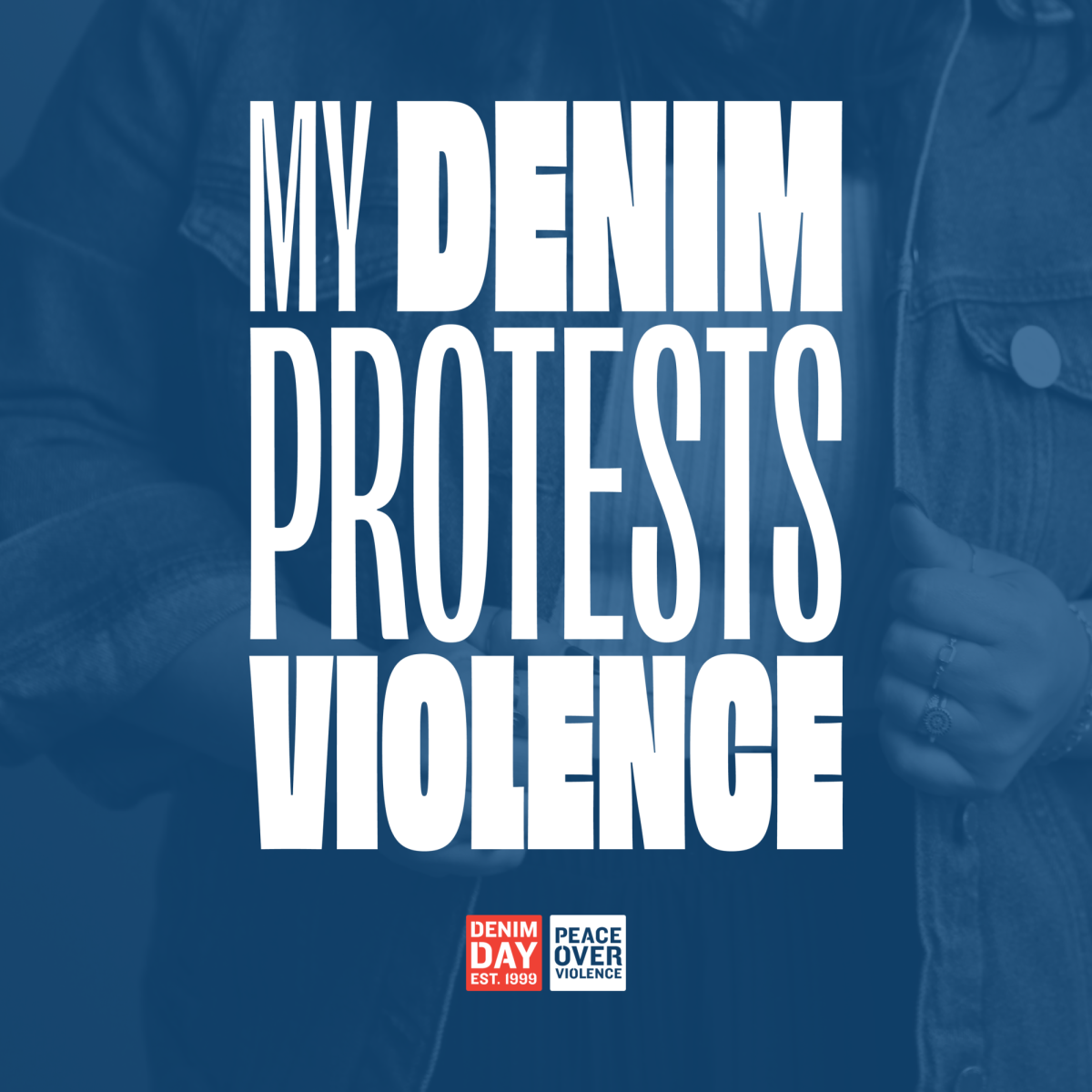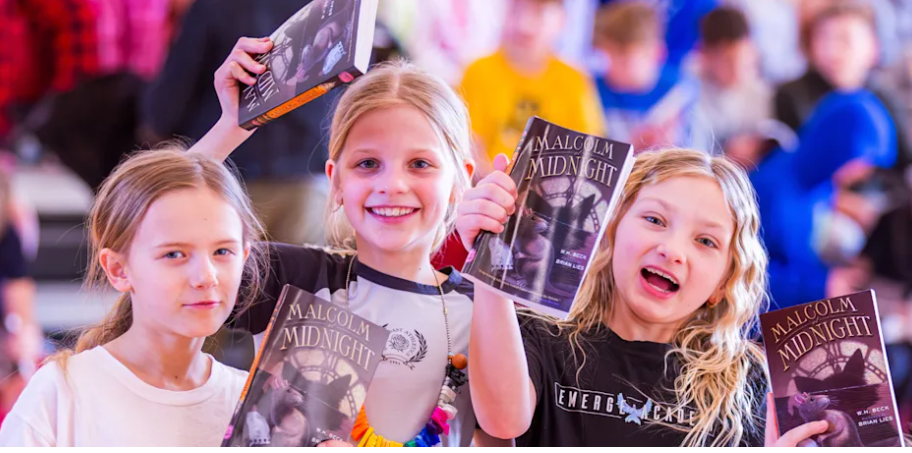Being on a phone scrolling while watching a movie or television has become a more common sight than ever before. It seems as though longer forms of media are demanding too much attention that people simply cannot afford to give away. Instead, attention should be dedicated to as many pieces of media as possible at the same time.
What began with the Vine app was the introduction of short-form content. At the time Vine was limited to a six-second video in which an impression must be made in that amount of time in order to obtain the viewer’s attention. Now apps such as Instagram and TikTok have built on that idea through shorts and reels and built an empire over children, teenagers and adult minds across the world.
Attention span has greatly decreased since short-form media became the most common form of consumption. The question is posed, why view any long-forms of media when a dopamine hit could be reached in a matter of seconds through short-form?
In a HubSpot article explaining the psychology behind why humans enjoy this form of media so much more author Erica Santiago describes a study that found “most consumers will only watch an entire video if it’s less than 60 seconds long. Then you have apps like TikTok, YouTube Shorts, and Instagram Reels that push short-form videos to users in an infinite scroll format.”
Short-form content is formatted in a way that is made to keep users scrolling for as long as they have to offer. Not only can consumers never run out of content to view but it is always there sitting in their back pockets. Phones come with people everywhere and this content is easily accessible whenever even a millisecond of boredom is felt. Whether it be waiting in line, car rides, shopping, using the restroom and as stated earlier even while viewing other content the phone is always available to take away boredom instantly.
Freshman, Brianna Maserek, feels boredom no longer exists in a world where short-form content is the norm because “there is so much content on the platform that is instant and will never run out.”
Being chronically online is no longer just an issue but an addiction that many are powerless to. Short-form content is built around building this addiction and lowering attention span to the point where this is the only type of content a person can consume in order to escape boredom. Being bored is a thing of the past and attention span will continue to decrease unless steps are taken to avoid losing any ability to engage with content.
An article from The Varsity by Ewa Akomolafe explains how platforms like TikTok offer a low cognitive load and “a reason that young people turn to social media platforms is to relieve ‘perceived stress.’”
When scrolling turns into a method of stress management the addiction only increases and finding other healthy coping mechanisms is imperative to resolving a shortened attention span.
Maserek admits that she does turn to social media “to escape from herself and the world” but finding different coping methods is a “need to actually experience things outside of a screen which is not even real.”








